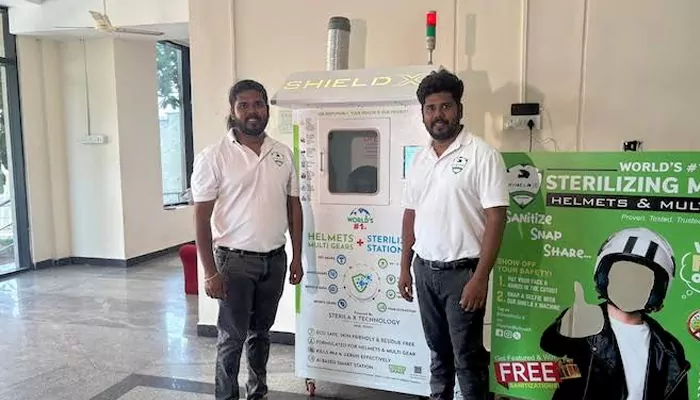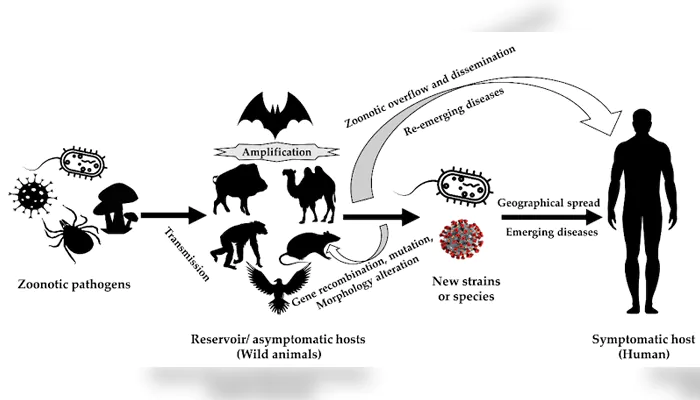
Here are today’s most important updates from the realm of Science and Space.
Astronomers have turned the Atacama Large Millimeter/submillimeter Array (ALMA) into a time machine to peer back in cosmic time to 1 billion years after the Big Bang. This has revealed previously hidden structures within the universe's first galaxies. The researchers zoomed in on 39 typical star-forming galaxies in the infancy of the 13.8 billion-year-old universe. The detailed observation showed how the first galactic disks formed, how stars emerged in giant clumps, and how gas shaped the galaxies we see today. One of the key things this cosmic map revealed was stars being born in vast clumps, each stretching for several thousand light-years.

Between March and May, as temperatures climbed above 95 F (35 C) in several parts of India, patients get admitted with persistent confusion, weakness and seizures. These are the symptoms of hyponatremia, a condition in which the sodium level in the blood falls too low. If left untreated, hyponatremia can lead to brain swelling, seizures, coma, muscle breakdown and even death. When blood sodium concentrations fall below 135 milliequivalents per liter (mEq/L), an imbalance is created between the body's sodium and water levels. During hot weather, people sweat to cool off. In doing so, they shed both water and electrolytes, such as sodium. If sodium levels in the blood drop too low, the body normally counteracts this imbalance by flushing out water in urine. However, if blood volumes are also low, the body is at risk of dehydration, so the body releases hormones to retain water. This water retention can worsen the sodium imbalance.

A pair of twin brothers from Tamil Nadu have designed and patented a new sterilisation machine aimed at promoting personal hygiene, inspired by the widespread impact of the Covid-19 pandemic. Named “Shield-X”, the device is intended to disinfect everyday personal belongings and reduce the spread of harmful pathogens in public and private spaces. The Shield-X machine has been designed with four distinct modes of sterilisation, tailored to the type of object being cleaned. These stages include UV-sterilisation where 89-2100 nm UV light will be used, then thermal disinfectant, third is fogging treatment and final process fume extraction where hot, dry air is used to sterilise. Based on the items, the sterilisation process varies.

(Credit: MDPI)
After analyzing ancient DNA from 1,313 prehistoric humans from Europe and Asia, researchers charted a map and timeline of human infectious disease that spans 37,000 years. Within that long history, they uncovered the earliest-known evidence of zoonotic disease — in which pathogens in animals transfer to humans — dated to 6,500 years ago. The risk and extent of the transmission of such diseases probably increased as humans interacted with animals more frequently, namely through farming and animal husbandry. Migration likely also played a role, as individuals may have carried zoonotic diseases to new populations that had not yet been exposed to them. The oldest case with a known pathogen uncovered in the study involved Corynebacterium diphtheriae, the bacterium behind diphtheria.